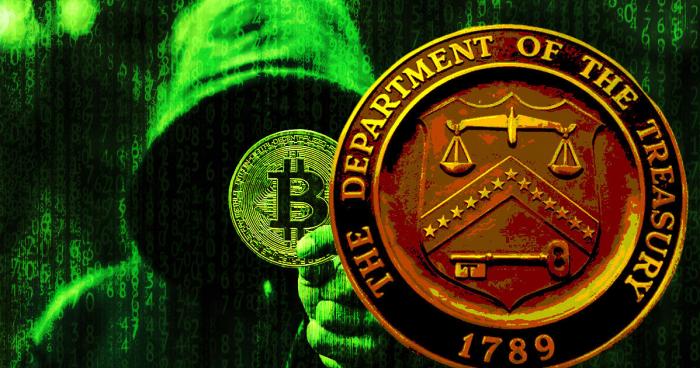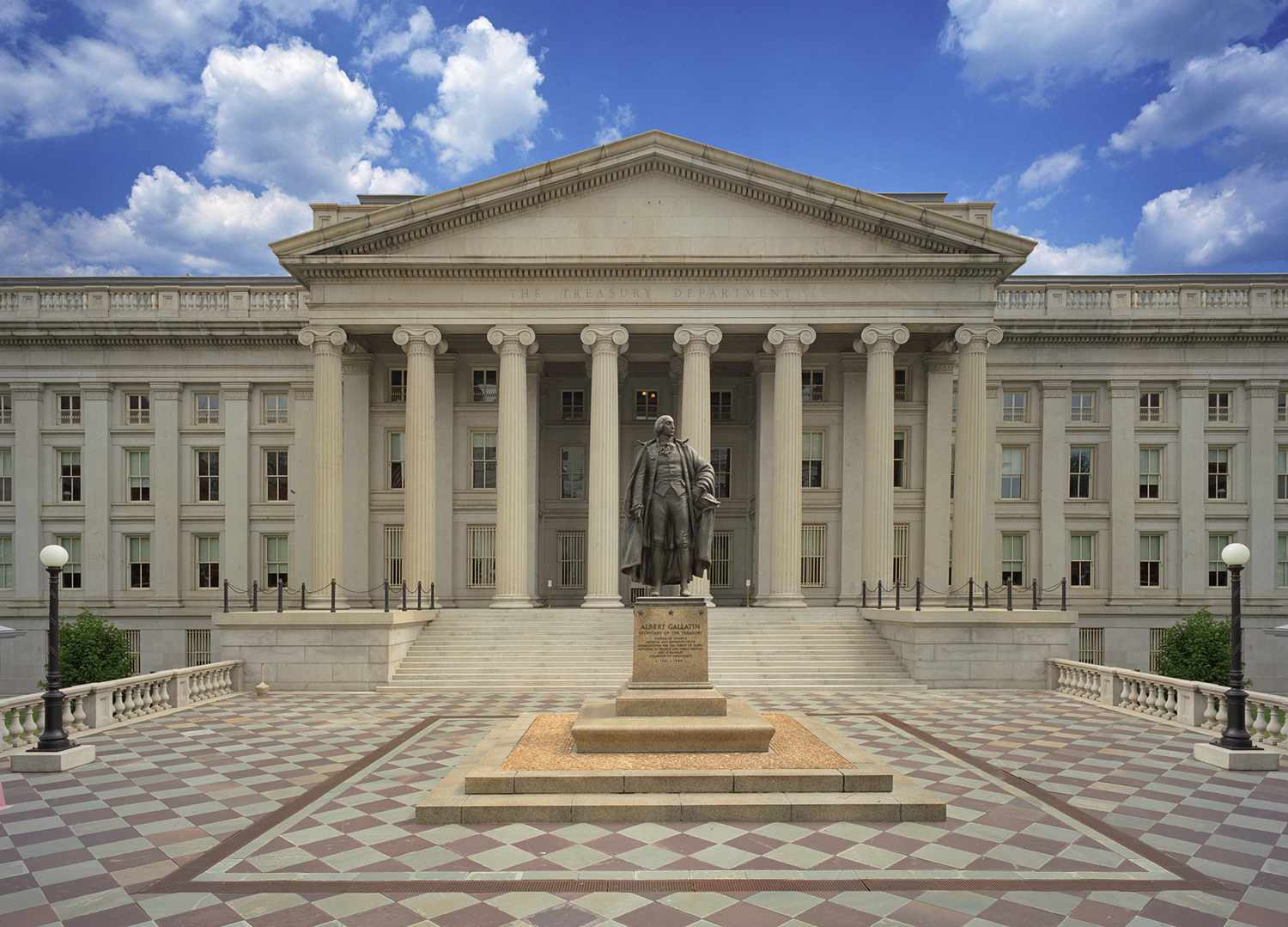
A recent survey by the US Treasury might shed a different light on cryptocurrency; at least, it will undoubtedly clear some doubts of those who criticize this alternate investment vehicle.
A detailed survey was conducted in the United States regarding which medium was the top choice for criminals to launder their illicit funds, and it was found that cash remains at the top of the list by huge margins. Cryptocurrency was nowhere near the numbers that its opposers accused it of standing on in the past.
Three separate reports were compiled that looked over the data related to how criminals use to finance different crimes in the modern landscape, like money laundering, terrorism, and the spread of weapons of mass destruction. The report focused on how the criminals involved in such activities moved their money around locally and abroad.
The answer derived from this report clearly states that criminal organizations still prefer to use cash over any other alternative to carry out these illicit activities. The US Treasury highlighted that cash is still the most preferred option for laundering illegal proceeds due to its anonymous nature, stability, and the fact that it has the most widespread use among all other financial instruments.
On the other hand, the report also mentioned that cryptocurrency remains far behind when it comes to being used as an instrument to launder illegally obtained funds. The report states: “Criminals use cash-based money laundering strategies in significant part because cash offers anonymity. They commonly use U.S. currency due to its wide acceptance and stability.”
The report also mentions that the most preferred currency used in this illicit activity is U.S. dollar banknotes, which are involved in the crimes of large-scale cash smuggling. These notes are taken from inside and outside the country and deposited into foreign bank accounts by alternate means of transportation.
The US Treasury reports that there were 1,480 seizures of currency and monetary instruments during inbound fund movements, amounting to $18 million. Additionally, there were 1,010 currency and monetary items seizures in outbound movements totaling approximately $53 million in 2023.
The duty to ensure that these illegally obtained banknotes are not physically laundered inside or outside the United States border lies on the shoulders of the U.S. Customs and Border Protection Department, which has to screen over 300 points of entry and exit from the country.

Those banknotes tied to criminal activities committed on a domestic level are transported widely on the United States highways. The U.S. law enforcement agencies also reported increased use of private aircraft to smuggle cash in bulk amounts.
A statement from the law enforcement agency states: “The use of aircraft is a more expeditious method to move currency into, through, and out of the United States over longer distances than by loading money into a vehicle or strapping it to a pedestrian.”
The reason given in the report as to why aircraft are preferred to launder cash in bulk quantity is that United States-registered aircraft are less likely to be inspected by law enforcement agencies. On the other hand, the smaller airports that reside along the U.S.-Mexico border are not equipped with proper security under normal circumstances, which makes smuggling cash by air relatively easy due to these factors.
Even though the US treasury has conceded that the use of virtual assets for money laundering is far below that of traditional fiat currencies and other conventional methods, cryptocurrencies are still being used in cases involving scams, human and drug trafficking, ransomware, and other criminal activities.
The report section discussing virtual assets focuses explicitly on Anti-Money Laundering (AML) responsibilities and instances of non-compliance among cryptocurrency exchanges and service providers. It emphasizes that companies neglecting to uphold AML and Counter-Terrorist Financing controls or sanctions obligations may inadvertently enable criminal activities on their platforms.
Proponents of the Binance crypto exchange might have to look away now because the report specifically referenced the incident where Binance had to settle for $4.3 billion with the U.S. regulatory authorities.
The settlement was made as part of the penalty it was given for allowing its platform to be used as a medium for conducting illegal activities, and the incident served as the primary example of exchanges being used as a source of money laundering.
Emerging as a method for transferring and laundering illicit funds, decentralized finance (DeFi) protocols are under scrutiny. Additionally, criminals utilize cryptocurrency mixing services to obscure the source, destination, or amount involved in transactions, further complicating efforts to track illicit proceeds.
Cryptocurrency mixing services, also known as tumblers or mixers, are tools or services designed to enhance the privacy and anonymity of cryptocurrency transactions.
When users send their cryptocurrencies through a mixing service, the service combines these funds with those of other users and then redistributes them to new addresses, making it difficult to trace the source of the funds.
The process effectively “mixes” or “tumbles” the cryptocurrencies, obscuring their transaction history and breaking the link between the sender and recipient.




